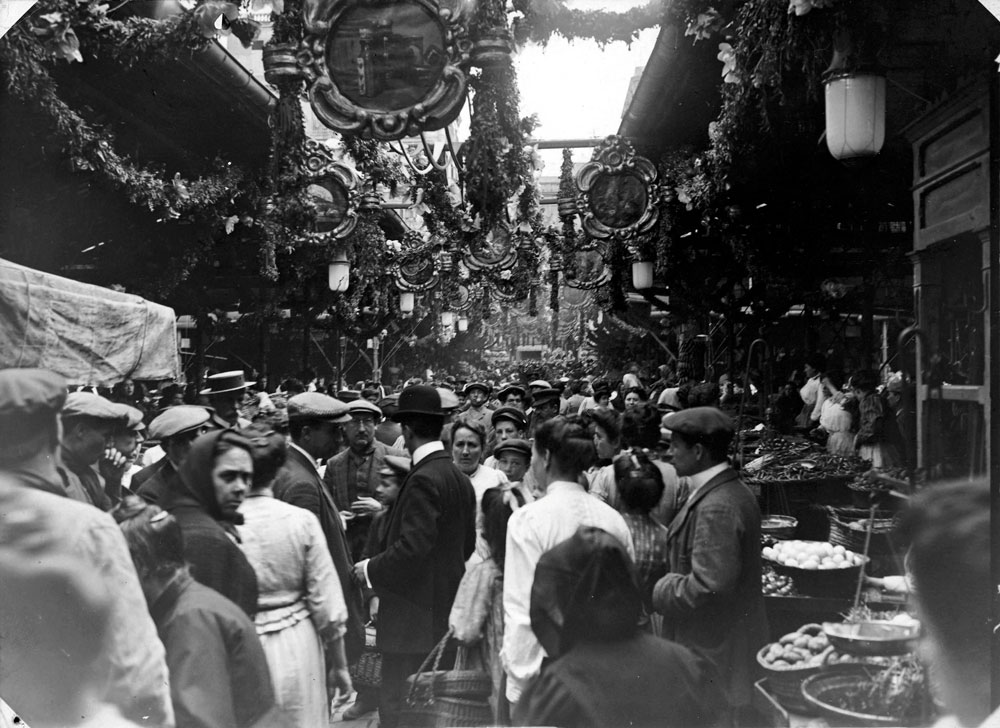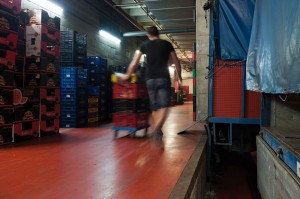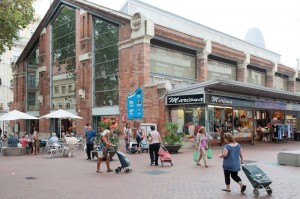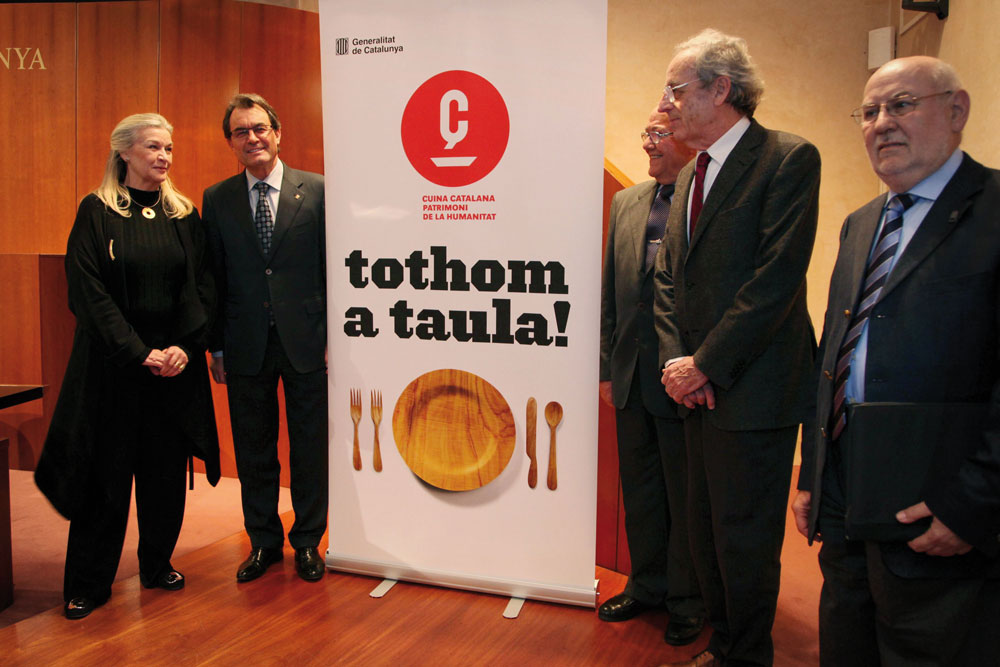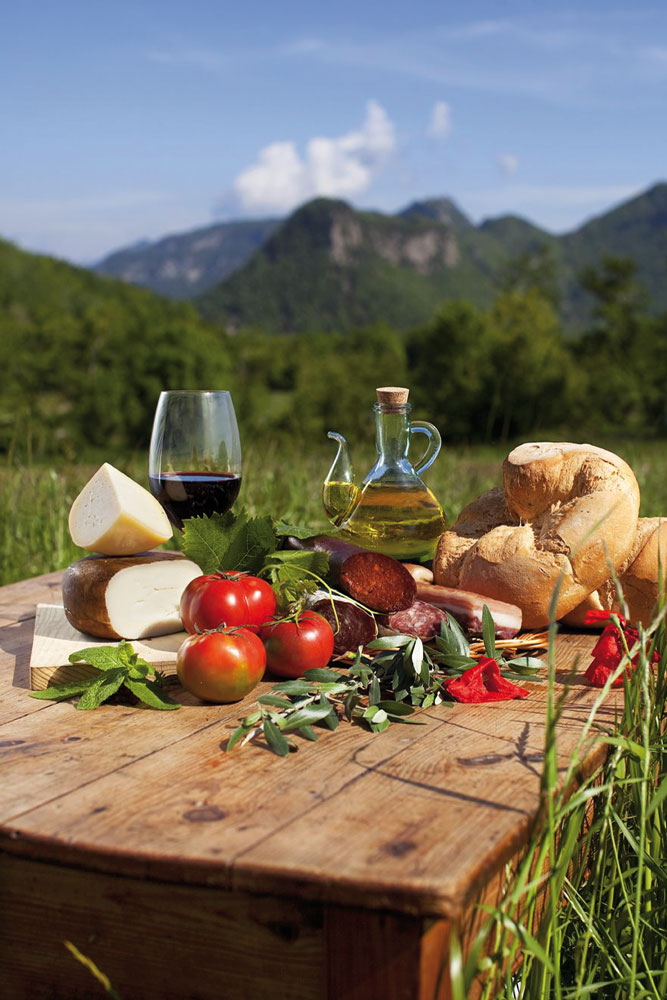Markets have become a factor in revitalising the retail sector and safeguarding an urban culture under threat, as the catalysts for the emergence of new city amenities and the proponents of a healthy and balanced diet.
Markets have contributed to generating cities in Europe and have been instrumental in structuring urban life, serving as nexuses between the rural and city worlds, core spaces for socialisation, exchange and trade. They have been, and still are, essential elements in the logics of proximity, and have historically structured the underpinning values of urban culture. The sentence – attributed to Josep Pla –, “a country’s cuisine is its landscape in a cooking pot”, clearly illustrates how traditional cooking was built on the logics of proximity. Because, indeed, in traditional towns and cities the fusion of cuisine and landscape was effected through the weekly markets, a point of convergence for the products from the immediate rural surroundings.
The transformations of cities from the 19th century onwards heralded a far-reaching renovation of traditional markets. These changes came in response to the rapid growth of cities, new cultural demands and the need to contain the prices of basic commodities in order to guarantee social peace and economic wellbeing. Oftentimes, renovations emerged as an immediate response to disturbances spawned by the subsistence crises that afflicted the growing urban working classes. The new buildings sought to confine activities which had hitherto messily invaded squares and streets to closed, covered and well-organised spaces.
From the standpoint of the culture of consumption, the indoor market signified a “transition” between the open-air market square, the veritable heart of the pre-industrial city, and the modern shopping centres. From the architectural point of view, the spacious “iron umbrellas” of the 19th century, with their fixed and tidy stalls, are the link between the stalls and fold-up tables at the mercy of the elements and the endless arrays of shelves of modern supermarkets.
The 19th century, and the first three decades of the 20th, were the golden age for markets in Europe, although this spread did not take place homogeneously or at exactly the same time. Around 1850, Great Britain was the benchmark country in terms of new markets and innovation capacity. However, Paris subsequently became the epicentre, with its modern Halles Centrales of the 1850s and the new neighbourhood markets and their copycats in provincial cities. They were the main models of the markets built in the different European cities and outside Europe in successive waves.
Barcelona, like the other cities in the country, joined this process somewhat late. It had renovated two old markets on the lands of the expropriated convents of Sant Josep and Santa Caterina, which by mid-century were outdated, and only adopted the new model as of the decade beginning 1870. The interesting thing about Barcelona’s case is that from that moment it started to build up a system of markets that never stopped growing. Around 1914, for example, almost all the large working-class districts of Barcelona had a metal market.
On the other hand, as of the beginning of the 20th century, the first symptoms appeared of an initial stagnation in the expansion of markets in many of the countries where they had been renewed first. Great Britain slowed down its market-building as early as 1890, though it came to a standstill ostensibly after the start of the First World War.
The main reason for this decline lay in the revolution that saw large wholesalers coming to dominate the distribution channel, doing away with the age-old direct and local relationship between producers and sellers that had governed the agricultural production and food distribution model of the 19th century. The authors who have studied the French case also observed a weakening of markets at the end of the 19th century, affected by the new models for marketing agricultural products and the decline of traditional agriculture, and, while they did retain their vitality during the first few decades of the 20th century, they were increasingly spurned by public budgets as the century moved on.
In the more advanced countries, the definitive crisis of the markets was accelerated during the post-Second World War period. The ensuing long period devoid of investments, the renovation of historic centres, and more particularly motorisation and progressive population scattering, hit the inherited legacy hard. Moreover, the emergence of supermarkets and self-service shops led to packaging and mass-production on a hitherto unheard-of scale, leading the traditional market to be regarded as an outmoded option. Quality was linked increasingly more to brands, rather than to establishments. During the 1950s and 60s, the new commercial formats developed rapidly with the resolute support of economic teams, concerned with containing inflation. The panorama evolved very quickly as of the 1960s, and the foundations for the current system were laid in Great Britain, France and Germany. It is hardly surprising that this was the most destructive period for markets in the main European countries.
In Spain, on the other hand, markets largely maintained their importance during the 20th century. In many Spanish cities, and particularly in many of the smaller cities in Catalonia, the early decades of the century were an outstanding period for the construction of new markets. Municipal action and commitment were almost constant throughout the century. It might come as a surprise that precisely during this period, with a major slump in the European markets, Barcelona should double and consolidate a system that has made it a completely exceptional case. In 1964 Mayor Porcioles justified the major boost afforded to the markets system with economic and social considerations, since Barcelona “was rightly considered as the city with the highest cost of living in Spain”.
Modernisation is the solution
Moreover, the initiative was envisioned in the First Development Plan of 1964–1967, which constituted an attempt to overcome the inertia of commercial structures and the persistence of obsolete forms of distribution that had seriously impacted on the cost of living.
As the number of markets diminished across Europe due to the expansion of new commercial forms, attempts at modernisation in Spain clashed with a still very backward environment. The weakness of commercial networks was linked to the lack of some facilities or utilities in families, a general delay in the arrival of household appliances, including the fridge, symptomatic of the scant presence of women in the job market and the burgeoning use of cars. Despite attempts to introduce self-service shops and supermarkets, following the model of other countries, the modernisation of markets emerged as the clearest and most immediate option. Hence, the public market systems were the sole form of ensuring that prices were contained. Whereas 18 markets had been built or rebuilt in Barcelona up until 1939, the figure was 24 between 1940 and 1979.
This was the legacy leveraged by the democratic City Council to construct its markets policy of the last 30 years, which constitutes a radical change in the mission of these facilities. The economic boost of the 60s brought the advent of new food production, storage, conservation, distribution and selling technologies, as well as the appearance of modern shopping centres. However, the economic crisis of the 70s had prompted a major growth in the food sector in response to unemployment, veering towards small-scale farming and a lack of professionalism, with scant investment, an aging population somewhat bereft of initiatives, and paltry market shares. As these establishments needed high profit margins, the increased offer was associated, paradoxically, with rising prices.
The experience in France, which in the course of the 60s had welcomed superstores with open arms, brought to light the negative effects for traditional traders. The Royer Law, in 1973, set limits on the size of superstores, although this measure was conceived to protect small traders rather than for urban development reasons. Even though during the 60s retail shopping in Spain was still lagging behind the rest, and the impact of the superstores was not really felt until the 1984–1996 period, the French experience must have been well-known when a reconversion of the food commercial sector was mooted in the early 80s.
Right from the initial approaches, Barcelona’s extensive market system (40 municipal markets) was viewed as an essential tool in this reconversion process. The municipal markets accounted for a large share of food consumption by the inhabitants of Barcelona, which was absolutely exceptional in the European context; they brought together a very high potential offer from the retail and household products trade, and could prove to be a decisive factor in avoiding an oligopolistic concentration by the then-fledgling superstores. The Pla Especial del Comerç Alimentari de Barcelona [Barcelona Special Food Shopping Plan – PECAB], devised in the mid-80s, heralded a fundamental about-turn. If the mission of markets was traditionally to guarantee supply at a fair price, in this new context they became focal points requiring action to create a dynamic, modern, balanced and exemplary commercial sector, capable of coexisting and competing with the new commercial formats and of regenerating the commercial fabric of the districts and an urban culture under threat. This plan provided for suitable infrastructures and city-planning facilities through the creation of pedestrian areas, car parks, etc.
With a view to overcoming the purely administrative management of markets, the Municipal Institute of Markets of Barcelona (IMMB) was established in April 1991, an independent organisation reporting to the City Council which took over the direct management and administration of municipal markets, and which for years now has been deploying a brisk and multi-faceted renovation and promotion policy. It has followed the lines laid down by the PECAB to optimise the marketing mix, downsizing stalls and increasing the levels of capitalisation, regulating establishments in the market setting to guarantee competitiveness, and physically revamping markets to bring them up to speed with modern-day functional requirements. Having said that, promotional activity has taken on an increasingly higher profile. It has implemented a two-pronged communication policy: a highly active, all-encompassing policy at district level, complemented by effective dissemination of the Barcelona market model at international level. Barcelona has thus become a benchmark in the European context, because since the 1980s it has spearheaded an active policy of promoting markets as prized city-planning assets.
One of the IMMB’s core objectives is the inclusion of new social and cultural uses in markets, closely linked with the related network of associations, residents and the educational world. Examples include promoting workshops on cooking and education in good eating habits, and providing suitable venues for these activities. This task has taken on a heavily promotional slant. One of the underpinning arguments was the close association of markets with fresh, high-quality products, with the dissemination of the principles of a healthy diet and the promotion of quality cuisine, based on the recovery of traditional cooking and the contribution of the great Catalan chefs. The markets policy has actively participated in an intense cultural and identity construction based around Catalan and market cuisine and the so-called “Mediterranean diet”, to the extent that markets have been portrayed as “cathedrals of the Mediterranean diet”.
Note
This article is the result of research carried out by José Luis Oyón and Josep Maria Garcia-Fuentes (Universitat Politècnica de Catalunya. BarcelonaTech).



